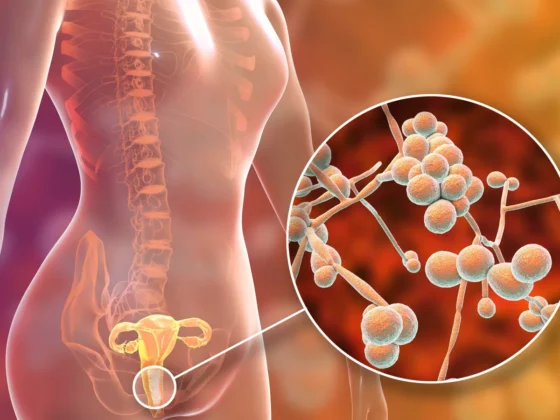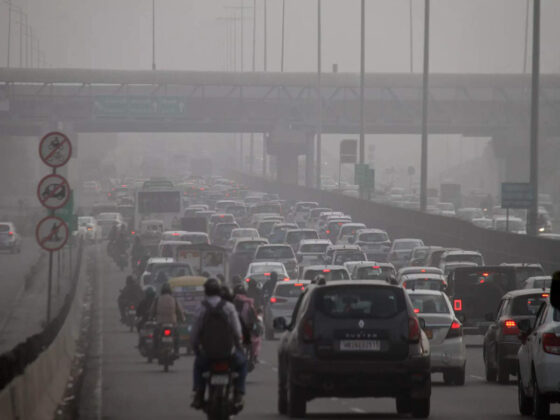India is dealing with a severe heatwave, which has led to 56 deaths out of 24,849 suspected cases of heat stroke from March to May, according to the Union Health Ministry. Most of these fatalities occurred in May, with 46 deaths reported by May 30. During the same month, from May 1 to 30, the country saw 19,189 suspected heat stroke cases.
However, these figures are not final, as they don’t include data of heat stroke deaths from Uttar Pradesh, Bihar, and Delhi. The actual numbers are expected to be higher once complete data is available. Heatwave conditions have been widespread, impacting large parts of the country.
On a single day, Friday, India reported at least 40 suspected heat-related deaths. Among these, 25 were of staff working on the Lok Sabha elections in Uttar Pradesh and Bihar. The previous day, Thursday, saw more heat-related deaths: 10 in Odisha, 8 in Bihar, 4 in Jharkhand, and 1 in Uttar Pradesh. Rajasthan has also reported at least five heat-related deaths so far.
Madhya Pradesh and Maharashtra have been particularly affected, with 14 and 11 confirmed heat-related deaths respectively over the last three months.
An official source mentioned that reports from Uttar Pradesh, Bihar, and Delhi are still pending. Some states have faced issues with data entry, meaning the current figures might not fully reflect the situation. Therefore, the final number of heat-related deaths is likely to be higher.
The National Centre for Disease Control (NCDC) has set guidelines for identifying heat-related deaths. A death is classified as heat stroke or hyperthermia if the person’s body temperature was 40.6 degrees Celsius or higher at the time of collapse. The guidelines, titled ‘Autopsy Findings in Heat Related Deaths,’ were released in March. They state that if a person dies from exposure to high temperatures, or if high temperatures significantly contributed to their death, it should be recorded as a heat-related death.
In cases where a person received cooling treatment before arriving at the hospital, and their body temperature was lower than 40.6 degrees Celsius at the time of death, the death can still be classified as heat stroke or hyperthermia. This is particularly true if there were signs like changes in mental status or elevated liver and muscle enzymes.
Additionally, if the person’s body temperature before death can’t be confirmed but the environmental temperature was high, the death should be noted as heat-related. This ensures that deaths caused by heat exposure are accurately documented, even when exact body temperatures aren’t available.
India’s ongoing heatwave has led to numerous heat stroke deaths cases and fatalities. The true impact is likely higher than reported, as data from some major states is still pending. The NCDC’s guidelines help ensure that heat-related deaths are properly identified and recorded, reflecting the severe impact of extreme temperatures on public health.











